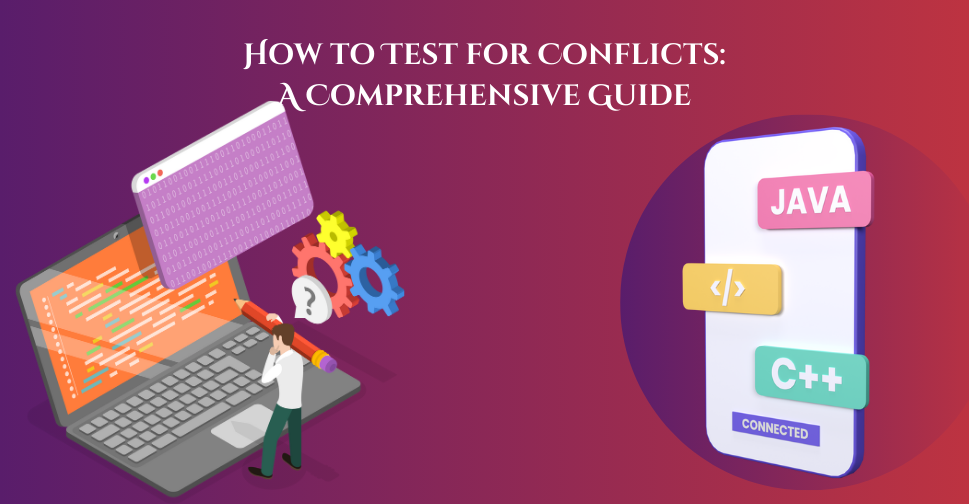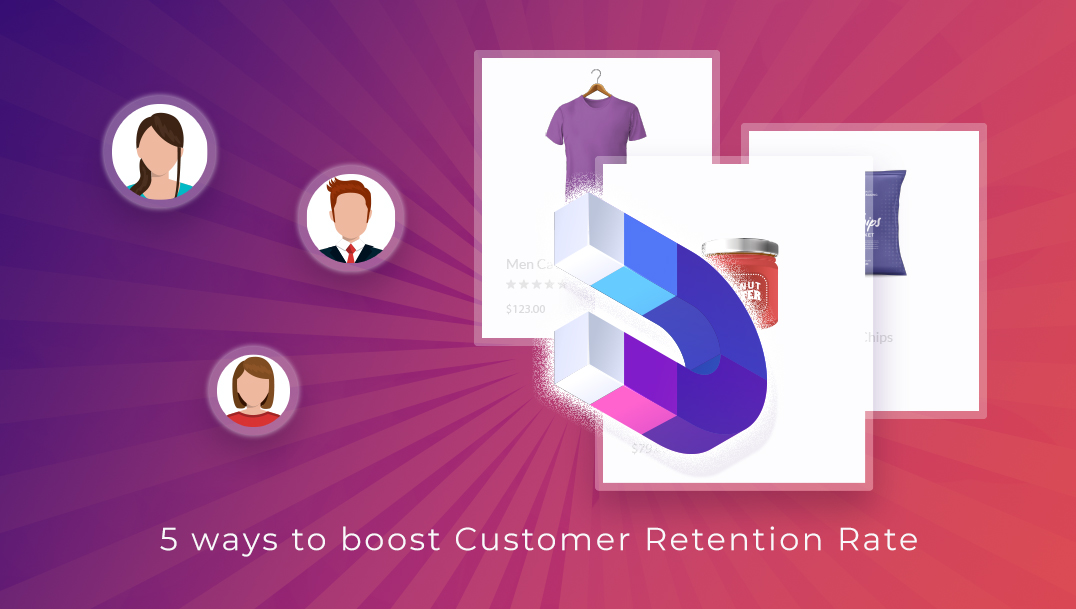
Source: ranorex.com
Introduction:
Conflicts between plugins and themes can lead to errors and malfunctions on your website. With the increasing number of themes and plugins available, ensuring compatibility can be challenging. While WooCommerce ensures compatibility with its own extensions, third-party products may not always work seamlessly. In this guide, we will walk you through the process of testing for plugin and theme conflicts and provide helpful tips to resolve them.
Understanding Conflict Tests:
A conflict test is the most reliable way to identify what is causing a conflict on your website. By following these steps, you can isolate the problematic plugin or theme:
Backups and Staging:
Before conducting a conflict test, it is crucial to create a backup of your site to avoid any potential issues. You can also consider using a staging site, which provides a safe environment to test conflicts without affecting your live site. Most hosting providers offer options for creating a staging site, or you can utilize plugins like WP Staging for this purpose.
Deactivation and Testing:
To troubleshoot conflicts, follow these steps:
a. Update all plugins and themes to the latest versions, as new updates often include bug fixes and security patches. This may resolve conflicts.
b. Temporarily switch to a default WordPress theme, such as Twenty Nineteen, to see if the issue persists. If the problem disappears, your theme may be causing the conflict. Consider changing your theme or contacting the theme author for assistance.
c. Deactivate all plugins except for WooCommerce and the extensions you are experiencing issues with.
Testing for Conflicts:
To test for conflicts, recreate the issue or follow the same steps that caused the conflict initially. Monitor your site and dashboard for any inconsistencies or errors. If the conflict no longer exists, one of the deactivated plugins or themes was causing the issue.
Determining the Problematic Plugin or Theme:
To identify the specific plugin or theme causing the conflict, reactivate them one by one and retest after each reactivation. This process helps pinpoint the source of the conflict.
Helpful Tools:
Consider using tools like Meks Quick Plugin Disabler, which remembers the active plugins during testing for easy reactivation.
Drop-ins and Must-Use Plugins:
Some sites may have a “Must-Use” or “Drop-ins” section in the plugins list that cannot be directly deactivated. These plugins can also contribute to conflicts. Contacting your hosting company for assistance in deactivating them can help resolve the issue.
Unsuccessful Conflict Tests:
If your conflict tests do not lead to a resolution, it may indicate another underlying cause. For further assistance, you can refer to our self-service guide or contact a Woo.com Happiness Engineer via our Support Help Desk. Make sure to provide a detailed description of the issue and the steps taken during conflict testing.
Conclusion:
Testing for conflicts is an essential step in ensuring the smooth functionality of your website. By following the steps outlined in this guide, you can identify and resolve plugin and theme conflicts effectively. Remember to keep backups and utilize staging sites for a safe testing environment. If you encounter persistent issues, reach out to our support team for personalized assistance.






